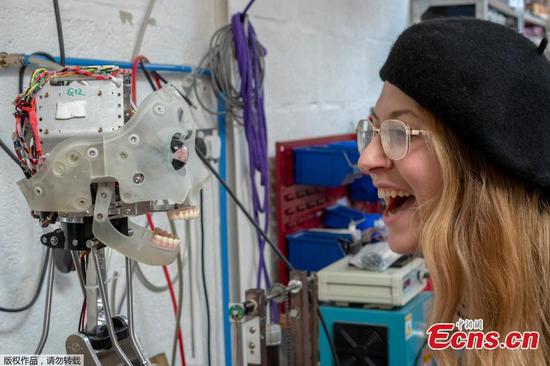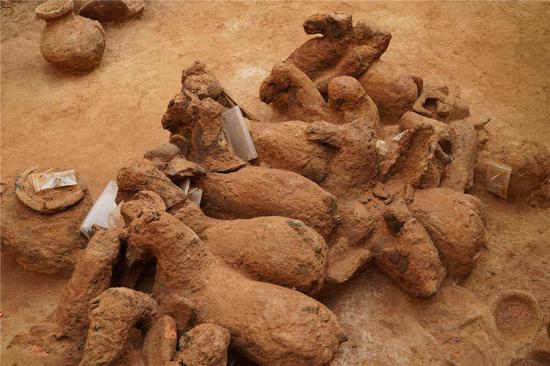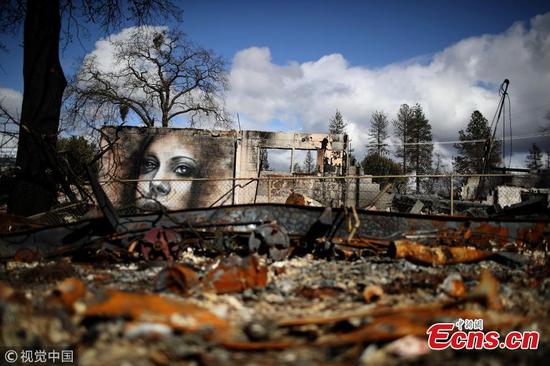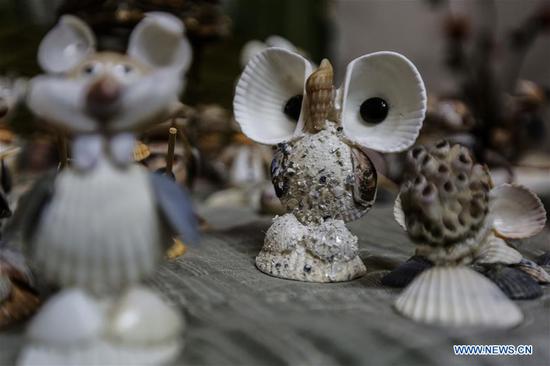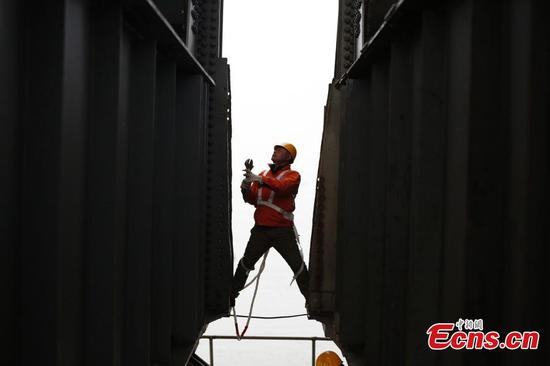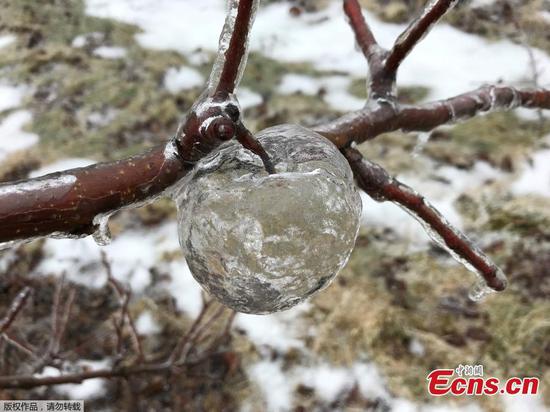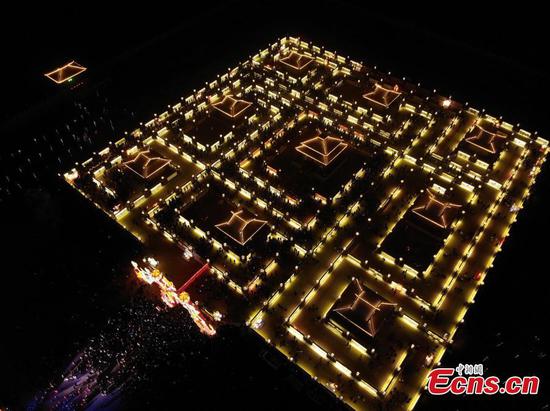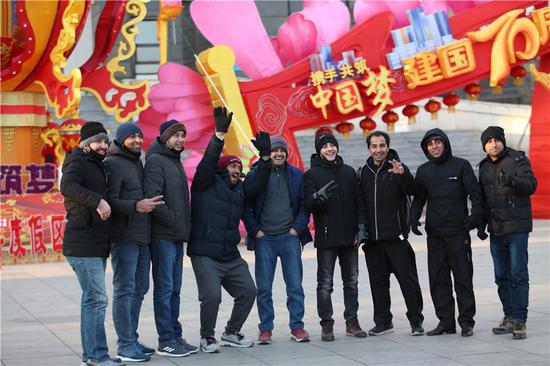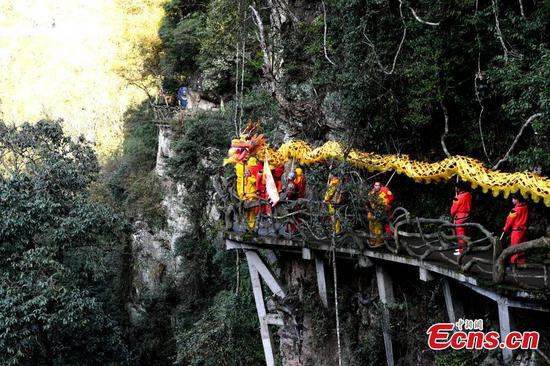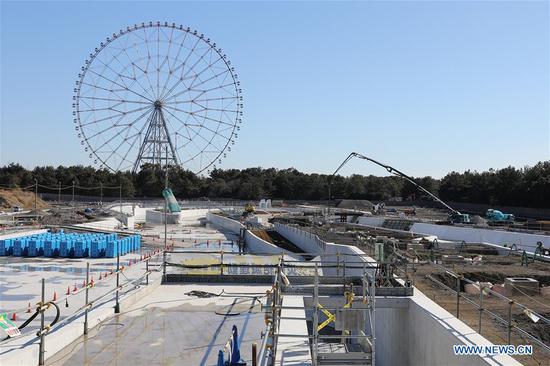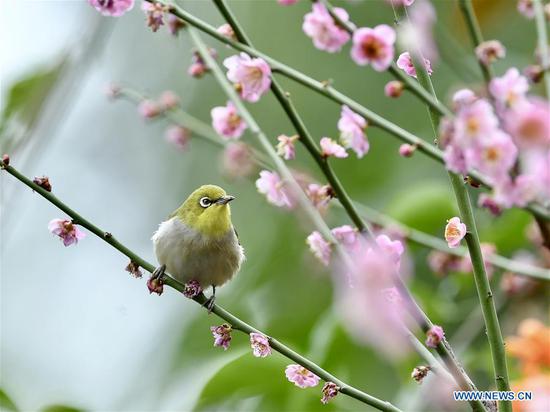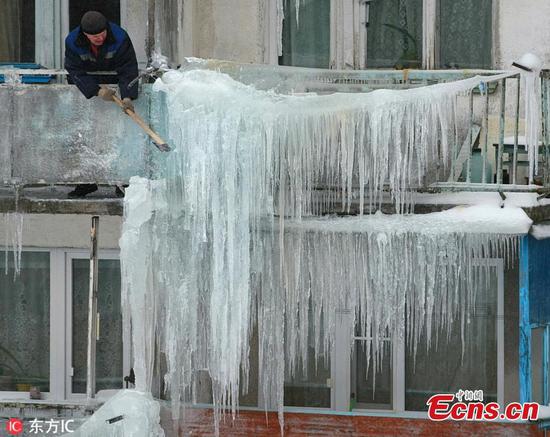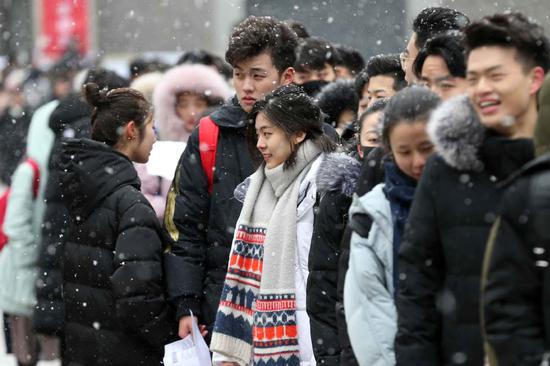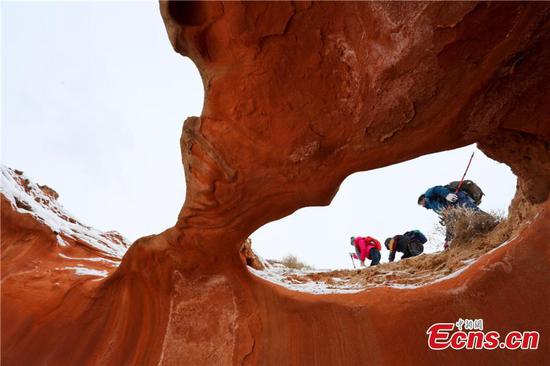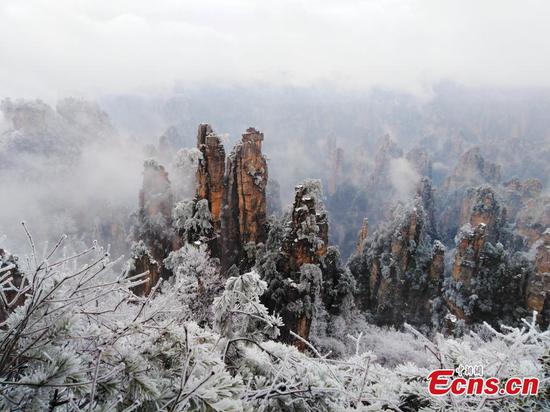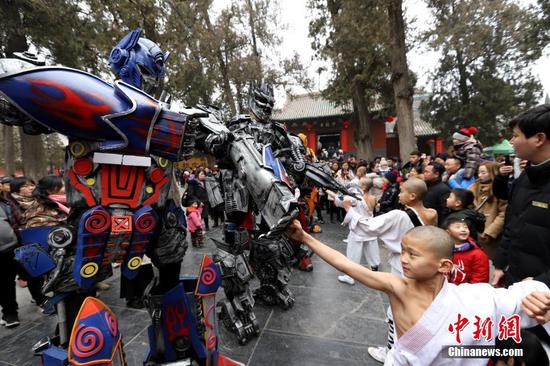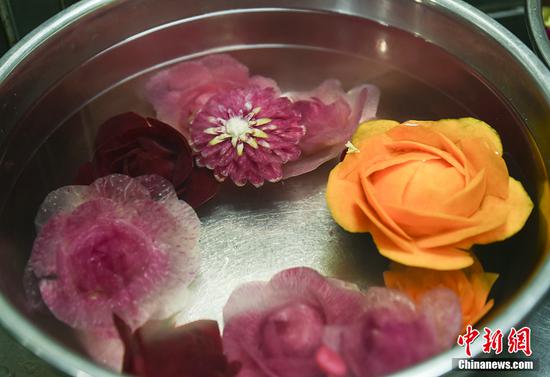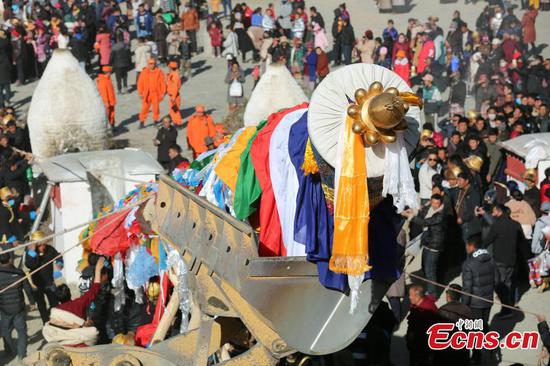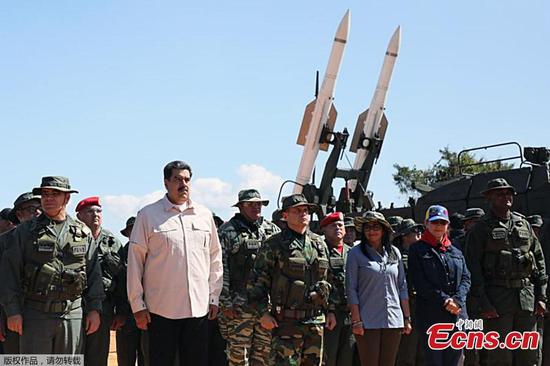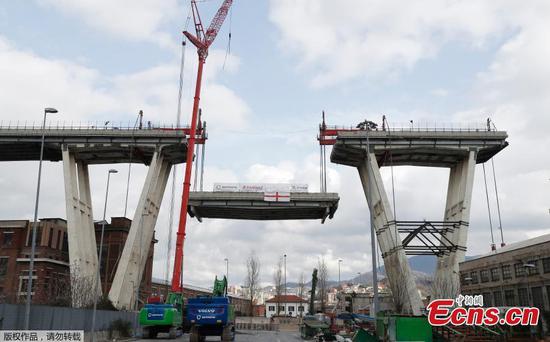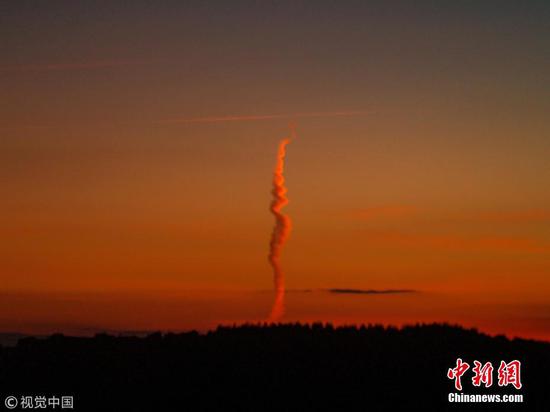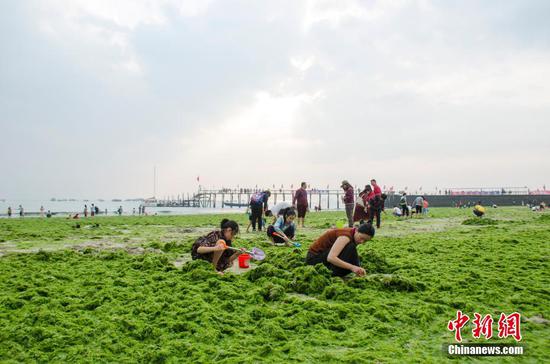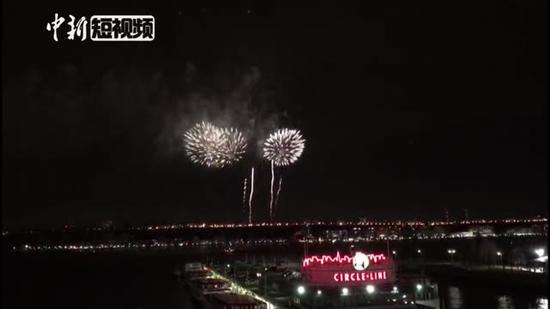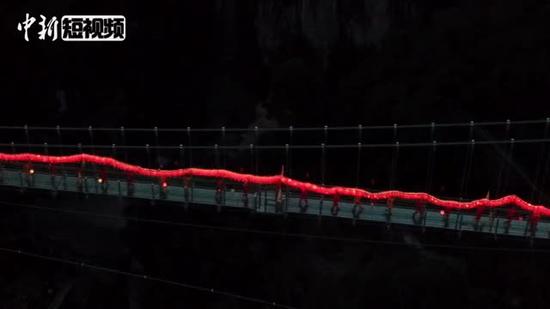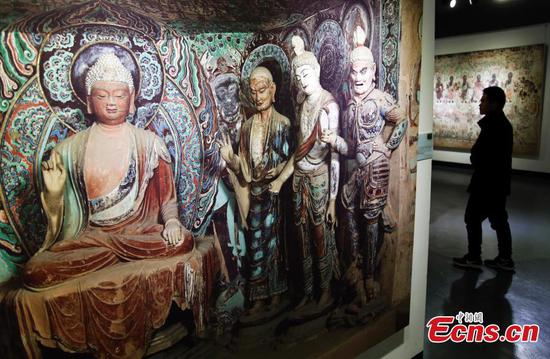
An exhibition of Dunhuang art masterpieces in Shanghai, Dec. 20, 2018. (Photo: China News Service/Tang Yanjun)
Twelve millennia-old Tibetan manuscript pieces from the famed Mogao Grottoes have been restored and digitalized, authorities in northwest China's city of Dunhuang said Tuesday.
The manuscripts, made from jute paper, date back to the Tang Dynasty (618-907) and were included in the list of China's archival document heritage in 2010. Most of them have writing on both sides, according to Zhang Shizhong, director of the Dunhuang municipal archives.
Restoration of the manuscripts started last October.
Zhang said experts used scientific methods to repair the manuscripts, such as using materials similar to jute paper to help maintain their original state.
"To better preserve the heritage, the Dunhuang municipal archives is making copies of the manuscripts to replace the original ones for future displays," Zhang explained. "We have also digitalized the manuscripts and will exhibit the digitalized versions in the future."
More than 60,000 pieces of manuscripts were discovered in the Mogao Grottoes in northwest China's Gansu Province in 1900. Over 10,000 pieces were written in the ancient Tibetan language, covering religion, history and laws.
The Mogao Grottoes, a UNESCO World Heritage Site, feature a huge collection of Buddhist art, including more than 2,000 colored sculptures and 45,000 square meters of frescoes spread over 735 caves.
(Cover: A statue of a lying Buddha at the Mogao Grottoes in Dunhuang, northwest China's Gansu Province. /VCG Photo)











